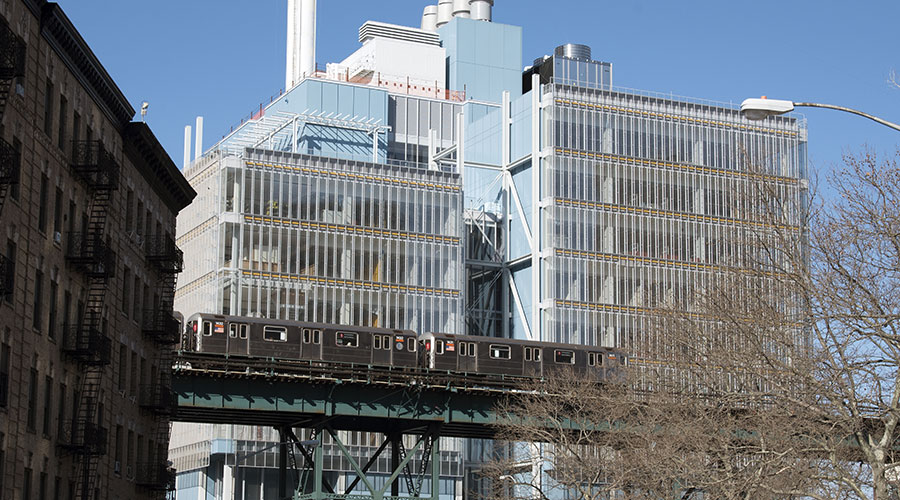Institutional and commercial facilities have embraced the strategy of resilience over the last decade. Facility managers and their peers in many organizations have taken steps to fortify their facilities against a range of potential threats, from hurricanes and wildfires to cyber attacks and active shooters. They also have developed plans to ensure their facilities and the organization are prepared to respond to a crisis effectively and return to normal operation quickly.
For many organizations, one immense challenge in this process is retrofitting existing facilities to maximize resilience. Tom Carroll is among those managers seeking to fortify existing facilities, but as assistant vice president for facilities and operations at Columbia University’s new Manhattanville campus, he also is responsible for ensuring the resilience of a host of brand new buildings on the emerging campus.
The exact definition of resilience largely depends on whom one is talking to, the organization the person works for and his or her experiences. Carroll describes two complementary types of resilience that have evolved in facilities. The first might be described as traditional.
“To me, resilience is the ability to maintain a building for its intended operational purpose and to recover and regain that purpose after some event that may cause that to be temporarily lost,” he says. “It was required as planning for military-type attacks. Over time, it has extended to whatever the mission of the occupants are. In an ideal world, the building is designed to provide a certain purpose, and then we maintain that purpose.
The second type adds to the traditional focus on design, construction, operations and maintenance.
“I also think of resilience as building adaptability,” he says. “Take a laboratory facility as an example. The science changes, so is the building able to keep up with the science or be adaptable to the science? (Failing to adapt) can bring down the mission — the research — just as quickly as a power failure or an HVAC failure. I tend to look at resilience also in this concept of adaptability and the easiest is adaptability with regard to classrooms and traditional kinds of things.”
Carroll’s resilience and adaptability challenges are made more complex by the nature of the facilities he oversees — science buildings.
“The most complicated adaptability of course is science and research buildings,” he says. “It's hard to build that in. It tends to be expensive, and it's usually some of the first stuff that gets cut when you're building a brand new facility. It’s some of the first stuff that gets cut out of design when you're trying to bring the design into budget, but it can have a huge effect and actually make a building become obsolete if it can't be adapted.”





